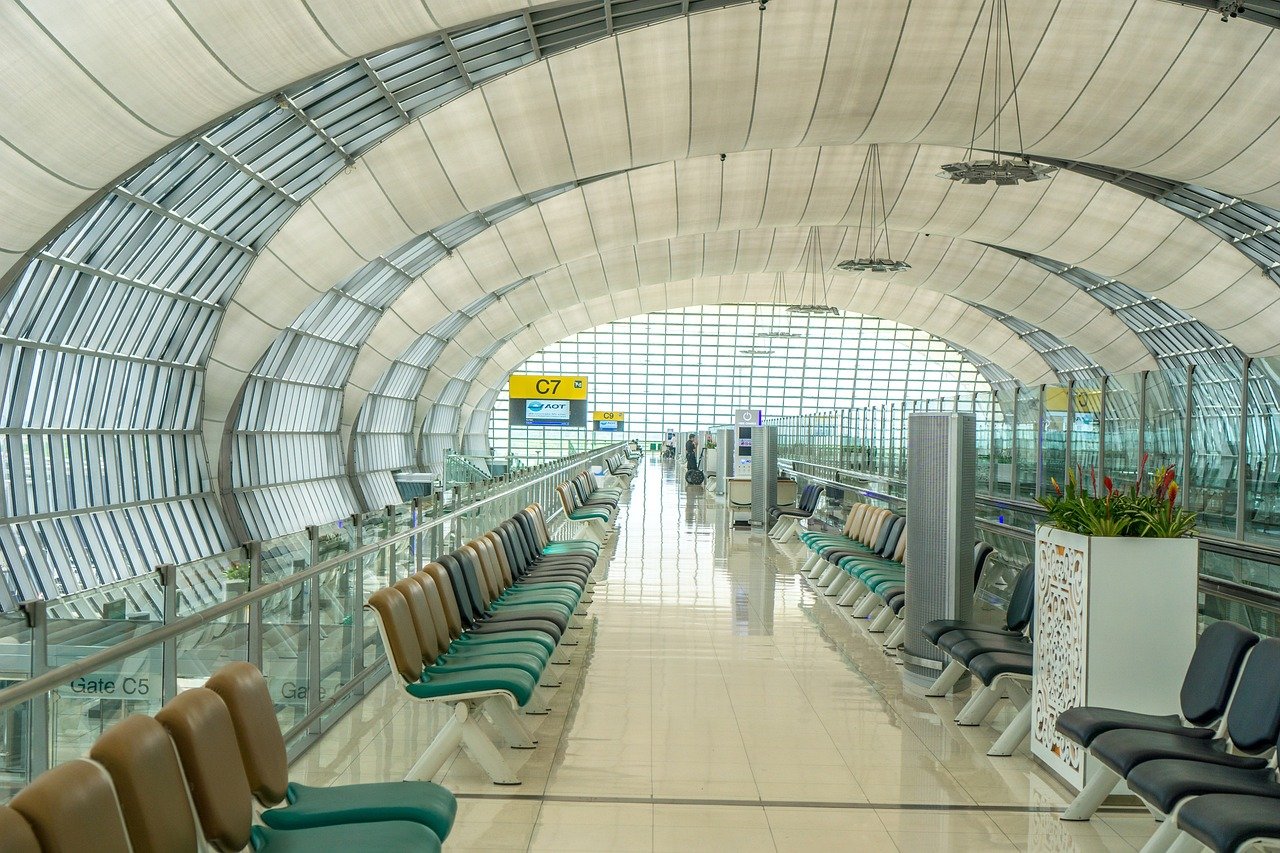Airports are no longer just places where people catch flights. Today, they are becoming smart travel hubs, filled with technology that helps passengers move faster, feel more comfortable, and stay connected. From smart check-ins to digital signboards, modern airports are changing fast — all thanks to innovation and automation.
In this article, we’ll explore how technology is transforming the airport experience and what it means for travelers and airport staff alike.
Internet of Things (IoT) and Real-Time Monitoring
The Internet of Things (IoT) plays a huge role in modern airport operations. IoT devices can monitor baggage movement, track flight schedules, and even adjust lighting or music based on passenger flow. These devices collect real-time data that airport operators use to improve efficiency and passenger satisfaction.
Behind the scenes, these systems rely on powerful computing boards like Raspberry Pi. Airports and retail vendors that want to develop custom smart systems often need to hire raspberry pi developers to build and maintain these connected solutions. These developers can create innovative applications that help airports run smarter and smoother.
Smart Check-In and Security
One of the first things passengers notice at a smart airport is how fast and smooth the check-in process is. Many airports now have self-service kiosks where travelers can print boarding passes and luggage tags without needing help from staff. Some airports have even introduced facial recognition to speed up identity checks.
Security checks have also improved. Advanced scanners can now detect items more accurately, reducing the need to open bags. This not only saves time but also makes the process less stressful for passengers.
Digital Wayfinding and Smart Signage
Finding your gate, restroom, or restaurant in a big airport can be confusing. That’s why many airports are now using digital wayfinding systems. These systems use large touchscreens and interactive maps to guide passengers. Some even offer mobile apps that provide step-by-step directions using indoor GPS.
Smart signage is also making a difference. Digital displays show live flight updates, wait times at security, and even weather conditions at your destination. This keeps travelers informed and helps them make better decisions during their journey.
Personalization with Artificial Intelligence
AI (Artificial Intelligence) is another game-changer in smart airports. AI can analyze travel data to provide personalized services to passengers. For example, a smart airport app might send alerts about gate changes, offer food deals based on your location, or suggest entertainment options during long layovers.
AI also helps airlines and airport staff manage crowds and flights better. It can predict delays based on weather or traffic and even suggest ways to reroute passengers to reduce congestion. All this leads to a smoother and more enjoyable travel experience.
Smart Infrastructure and Energy Use
Airports use a lot of energy, but smart systems are helping them become more efficient and eco-friendlier. Smart lighting, heating, and cooling systems adjust automatically based on the number of people in an area. Solar panels and rainwater harvesting systems are also becoming more common in newer airport designs.
Sensors can monitor everything from runway conditions to toilet cleanliness. Maintenance teams get alerts when something needs fixing, which helps reduce downtime and improves safety and cleanliness across the airport.
Contactless Payments and Smart Retail
Airports are full of shops, restaurants, and snack corners. But how passengers interact with these stores is changing. More travelers now use contactless payment methods like mobile wallets and tap-to-pay cards. These payment systems are faster, safer, and reduce the need to handle cash or touch keypads.
Another exciting trend is the rise of smart vending machines. These machines can offer a wide range of products — from snacks and drinks to travel essentials — and are equipped with smart sensors, digital displays, and real-time inventory tracking. To learn more about how these machines are transforming retail inside airports, check out this detailed guide: How Smart Vending Machines Increase Retail Sales.
Conclusion
Airports are evolving from simple transit points into smart, responsive, and high-tech environments. Thanks to innovations like smart check-in, digital signage, AI, IoT, and smart vending, the passenger experience is becoming faster, safer, and more enjoyable.
As these changes continue, technology will play an even bigger role in shaping the future of air travel. Whether you’re a frequent flyer or an occasional traveler, the next time you visit an airport, you’ll likely notice how much smarter it has become.
